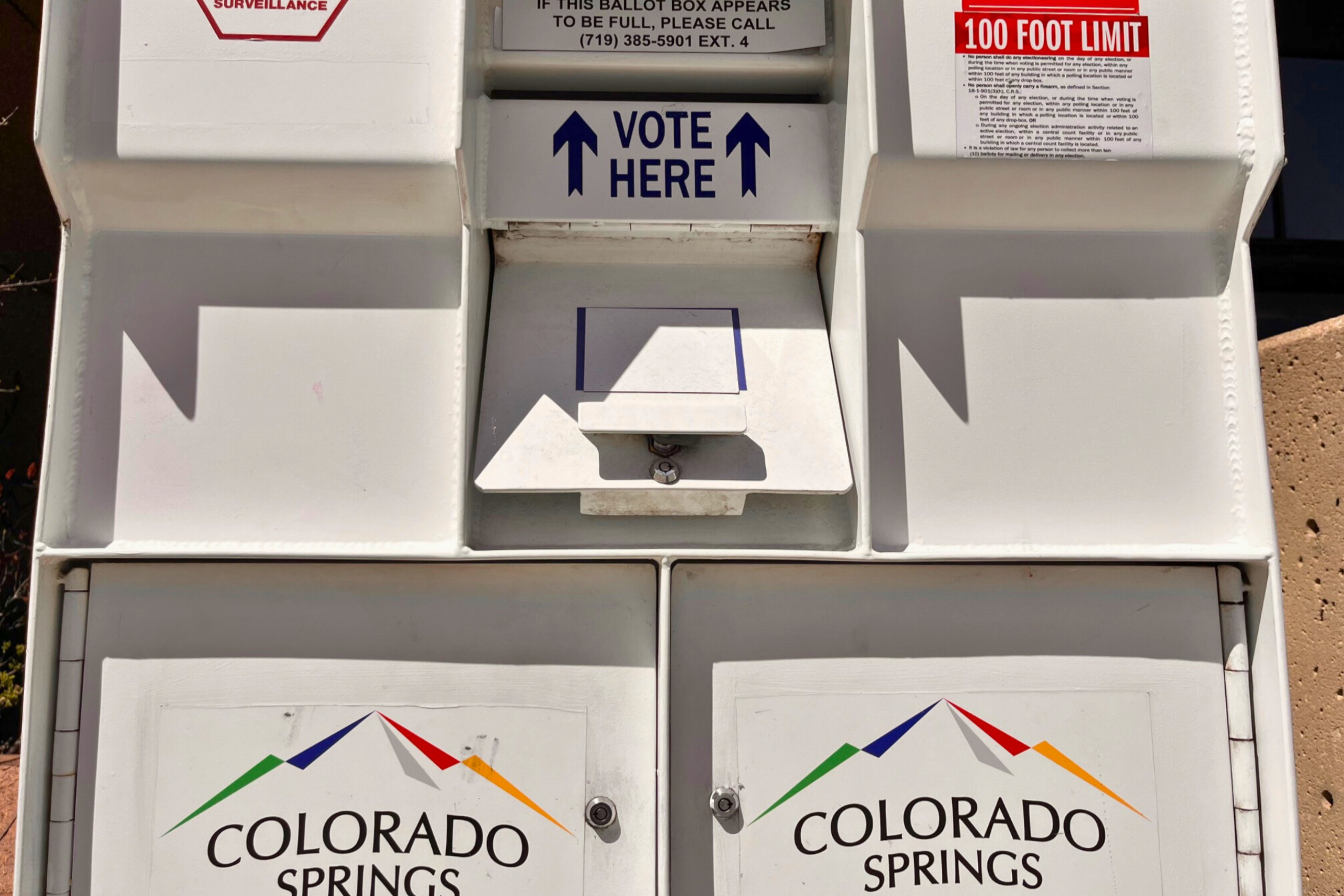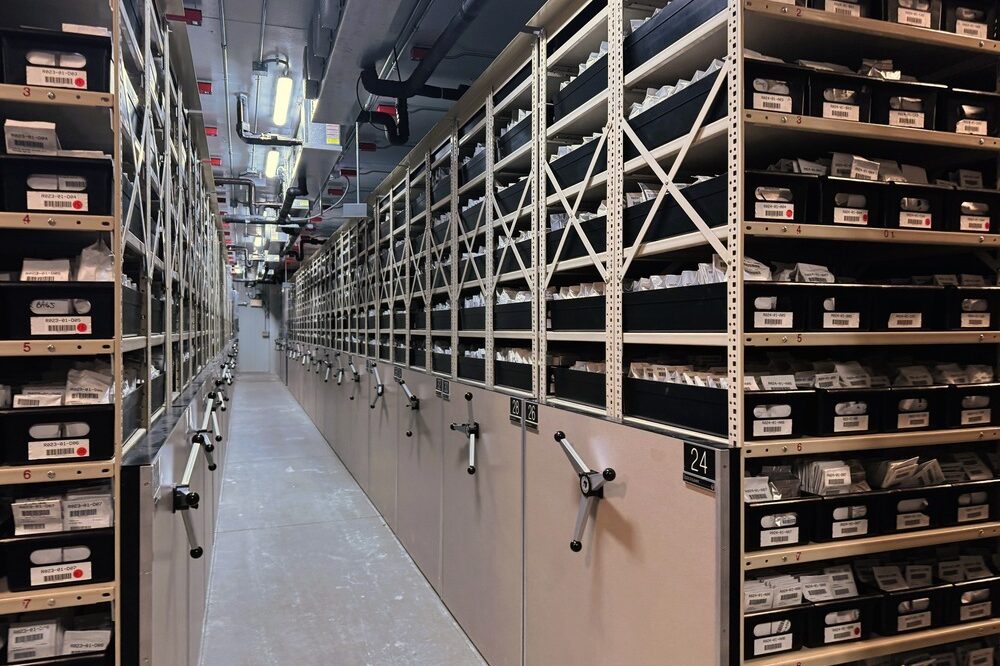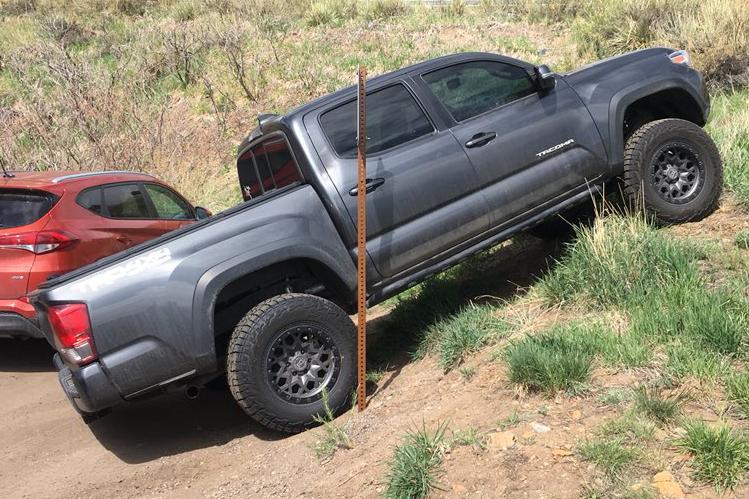
In her patrols of Jefferson County’s wildly popular open space areas, Ranger Mary Ann Bonnell has seen a lot of creative parking.
“When the parking lot fills, our visitors go into, I call it the reptilian brain mode, where they create a spot,” Bonnell said. “It may not be a safe spot, it may not be a spot that makes sense, but they do it.”
The parking “reptilian brain mode” as Bonnell calls it even creates head-scratching moments like the one time she was standing in front of a no parking sign and a visitor asked her what “no parking” meant.
“I just smiled and said, ‘Thank you for asking. What no parking means is you can’t park in front of this sign,’” she said.
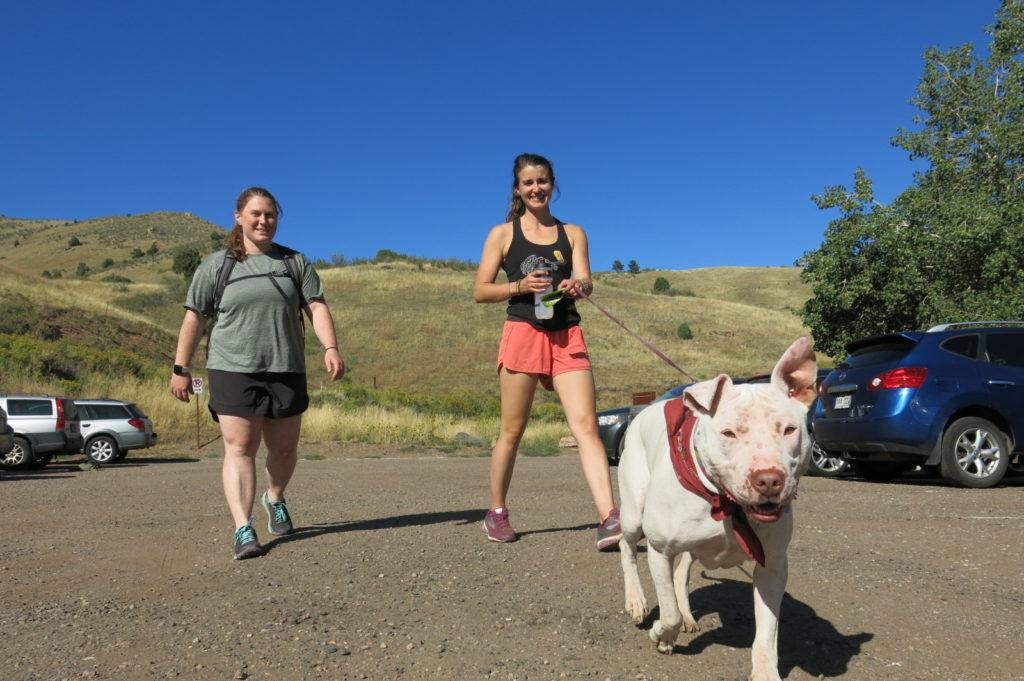
With an estimated 7 million annual visits, JeffCo has one of the most popular open space programs in the state. That means regular parking headaches for rangers. Visitors’ cars block fire lanes, trail access and others’ ability to exit the lot. So the county has turned to a high-tech solution to ease overcrowding and nip the illegal parking problem in the bud.
Denver resident Nick Brown avoids car travel. But for Colorado hiking, a car — and a place to park it — are necessary evils.
When the lots Brown often frequents are full, “I just park down the street,” he said. Brown doesn’t shy away from illegal parking if he wants to hit the trails.
He’s not alone. Since January, Jefferson County rangers have written 231 tickets and counting for illegal parking.
Colorado’s population has grown 14 percent since 2010 and many transplants are in pursuit of the state’s breathtaking views and trails. The overcrowded and overtaxed infrastructure isn’t confined to JeffCo: Travel along I-70 to any of Colorado’s 14ers and you can get a glimpse of the crush. In Boulder County Open Space, which gets more visits than Rocky Mountain National Park, the Table Mesa South lot can fill up by 8 a.m. on weekends.
In response, the City of Boulder and Rocky Mountain National Park have both instituted shuttles to popular destinations. Some federal and local land managers are considering paid permits for high-traffic trailheads.
JeffCo’s fix is a first in the state, Bonnell said. The county is working with Colorado Springs-based Lot Spot to provide real-time parking data to visitors. The pilot project, where cameras in seven Jefferson County open space lots feed data into a smartphone app, is currently beta-testing.
To make this work, Lot Spot co-founder Connor McCormick said his company faced several technical challenges. Many of the lots are out of cell phone range, and few have electricity.
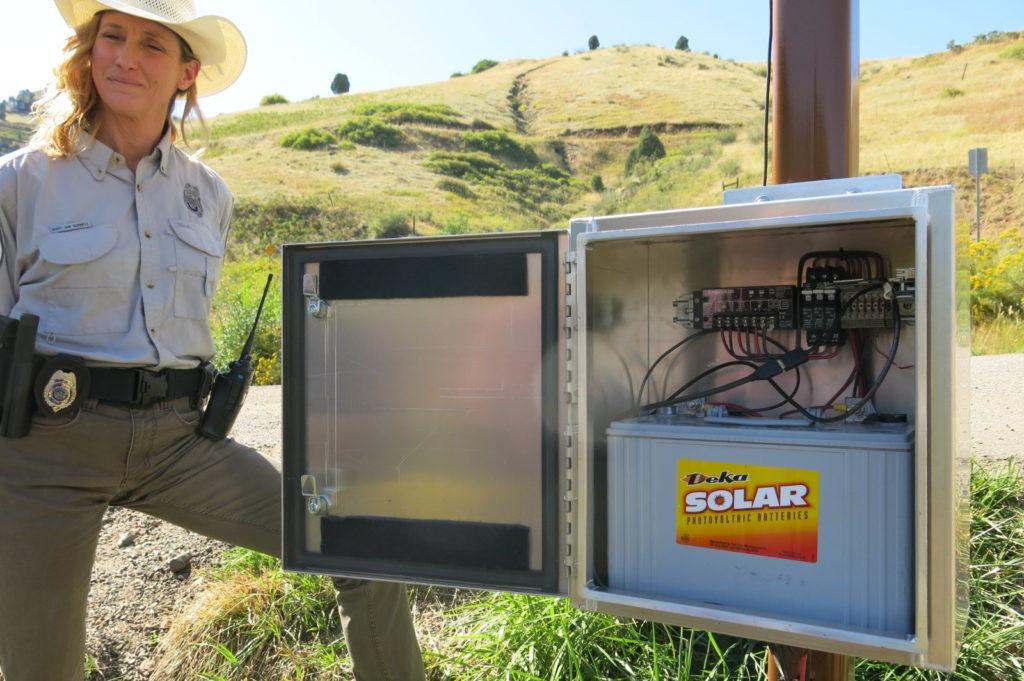
The solution? A tricked-out pole with a camera, solar panels and a battery.
Lot Spot typically operates in malls or on college campuses, with simpler visitor tracking. Lot Spot had to revamp its computers to recognize the different types of visitors you see at trailheads.
“At the moment we can say this is either a car, it’s a horse, it’s a pedestrian,” McCormick said.
Horses and people don’t require parking spots so the computers had to learn to ignore them. When a car enters or leaves the lot, it triggers a small text package that’s beamed back to Lot Spot’s central system.
“All we send back to ourselves is a timestamp, that it was a car, and which direction the car went,” he said.
The end result for users is an app that JeffCo Open Space visitors can check for parking availability before they head out the door.
If the app works in the long run, it could mean less parking lot rage and lead to wider scale adoption in JeffCo and other open space.
Roger Wendell with the Colorado Mountain Club said there could be one less-obvious bonus to a technological solution like a smartphone app: It can show hikers which lots don’t have a lot of cars.
“This app could provide an incentive to consider alternatives for the weekend,” said Wendell, who is keen to avoid crowds after living in Colorado for more than four decades.
The app won’t be used to track individual users. Ranger Bonnell said the Lot Spot program doesn’t store license plate or other identifying information.
But rangers will get an alert if cars are detected in the lot once parks are closed.
“We’ve had people shoot off fireworks, we’ve had people have bonfires,” she said. “While we’re not monitoring identities or anything like that, we are monitoring for things like after hours use.”
Eventually, Bonnell said her team can’t wait to get year-round data that quantifies just how popular the JeffCo trails are, and when.
That could allow them to spend future JeffCo Open Space dollars on parking lot expansions where managers know the greatest number of visitors will benefit.

